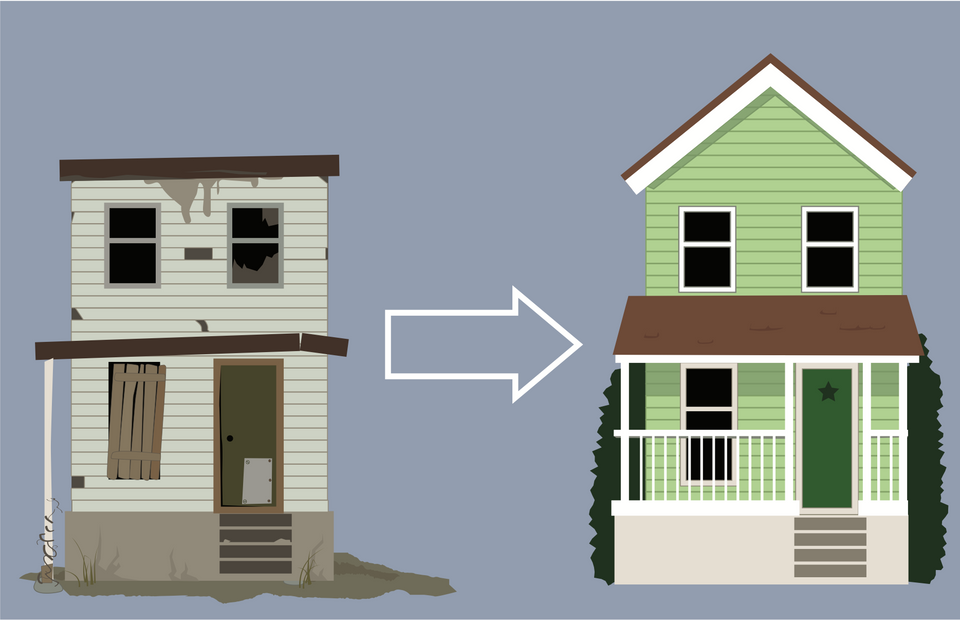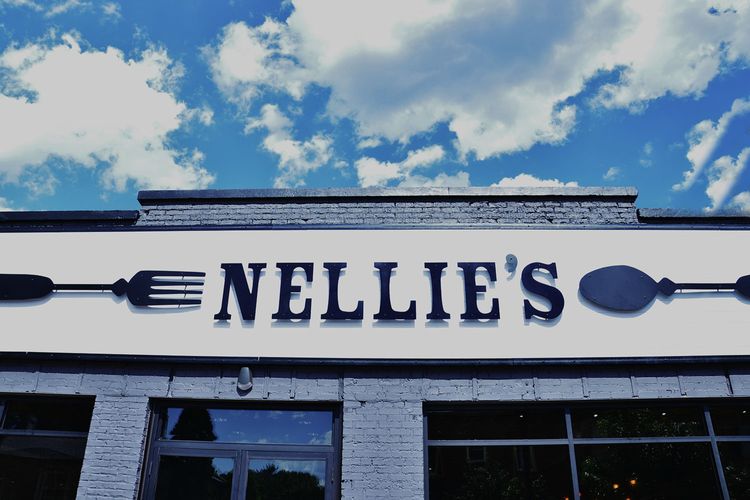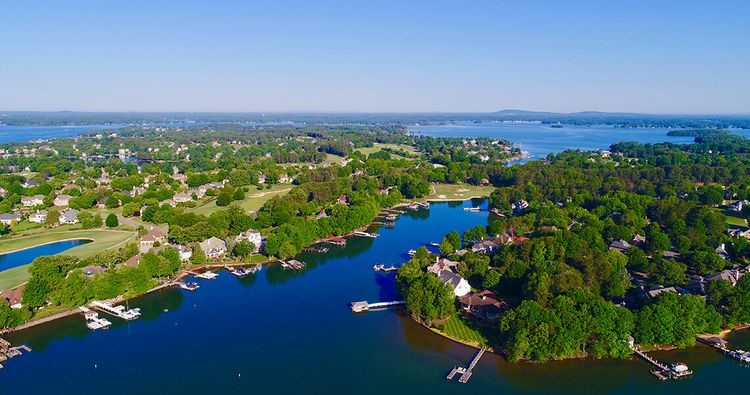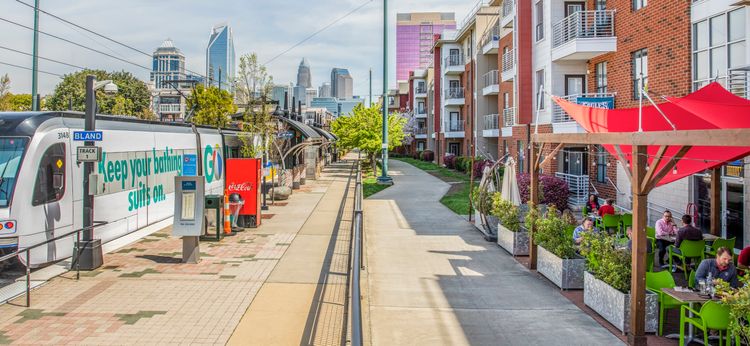
1 in every 10 homes sold in the U.S. was ‘flipped’ as of the first quarter of 2022. This is the highest level since 2000.
‘Flipping’ a house implies that it was bought and sold within a year in an arms-length transaction.
What’s going on?
The recent rise in the flipping trend was brought about by the skyrocketing home prices. This was also coupled with the rising mortgage rates and higher costs of labor and material.
Naturally, the mixture of the two did not bode well for the profit margins.
5 past quarters have reported a rise in home flipping, according to the U.S. real estate database run by ATTOM.
At the start of 2022, 9.6% of real estate transactions were flipped, pointing to 114,706 single-family houses and condominiums. The two quarters before this period had the proportions of 6.9% and 4.9% respectively.
As we stated before, the raw profit margins have seen a fall. The profits were much higher a year ago than they are in the deals now. ATTOM reports that these profits have sunk to their lowest points since 2009.
By the Numbers
The return on investment has been declining in practically every metro area. For context, flipped homes were resold for a median of $327,000 in Q1 of 2021 with a margin of 25.8%. In 2022, this margin dropped in 73% of metro cities.
There remains a silver lining. Rick Sharga, executive vice president of market intelligence at ATTOM, said that 'the demand is still going strong.' This proves to be beneficial for the flippers of houses, even with lower margins.
Even with the rising demand, buyers are becoming more selective with their purchases. They are aware of the rising mortgage rates and the consequent slowing appreciation of house prices. There remains no incentive for them to outbid another buyer.
The Housing Shortage
In 2021, Freddie Mac analyzed and reported that there stands a shortage of housing units in the U.S. at around 3.8 million.
Big-fish investors are known to be the primary reason for the acute housing shortage, especially in the affordable units and ‘starter’ home spaces.
These institutional flippers are practically taking away the homes from the market to flip or rent out. In the chase of high yields, these investors are competing with young couples looking for homes in the market. This proves to be a major reason behind the expensive housing market in the U.S.

Flipping and Non-Flipping Cities
The majority of flipping deals take place in Phoenix. Reports suggest that 18.7% of all home sales in the first quarter of 2022 in Phoenix were flipped. This was closely followed by Charlotte, North Carolina at 18%, and Tucson, Arizona at 16.2%. Atlanta and Jacksonville came next at 16.1% and 16%.
Olympia Washington DC, on the other hand, showcased the lowest flipping rates at about 4.4%. Other low-flipping cities include Portland, Maine with 4.6%, Salem, Ore with 4.7%, and Syracuse, N.Y. at 4.7%.
Cash-rich Home Flippers
Two-thirds of homes purchased for flipping were bought in cash without financing. This has been a consistent trend since the past quarter and slightly above the 60.9% number from 2021.
Sharga mentioned that the rising interest rates will prove to be beneficial for cash buyers in the flipping market. The vice president is intrigued by the market and is waiting to see how the percentage of cash purchases turns out in the next few quarters.
What Comes Next?
With the rising interest rates, softening home prices, and shortening supply of materials, the flippers market is expected to slow down in the foreseeable future.



